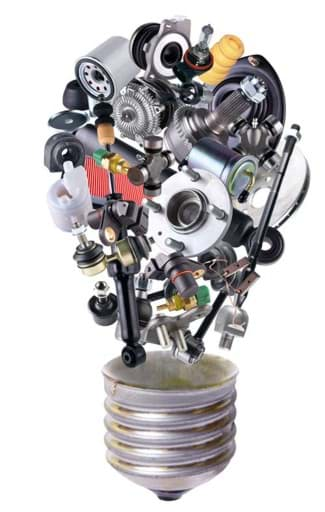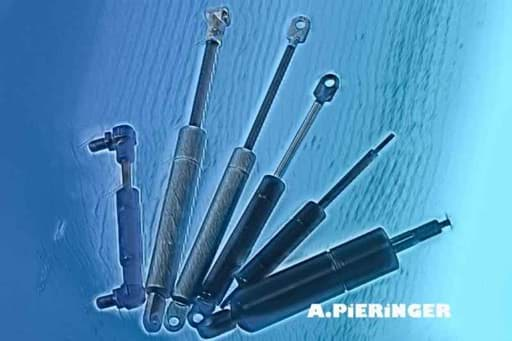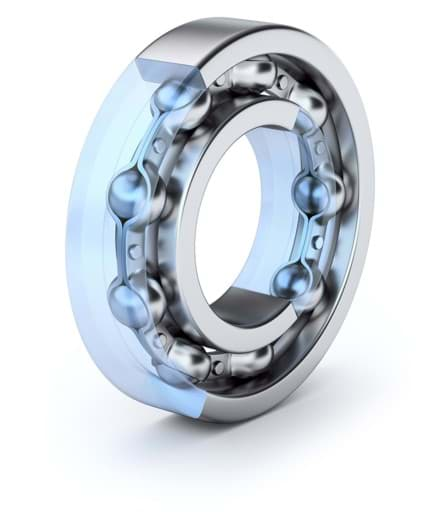This is a basis for decision-making
Stainless Steel 304 / AISI 304 / 1.4301
Stainless steel 304 or AISI 304 is suitable for general purposes and has relatively good corrosion resistance. In a slightly annealed state, stainless steel 304 is non-magnetic, but after cold forming, it becomes slightly magnetic. Stainless steel 304 has a slight tendency to precipitate chromium carbides during welding. Stainless steel 304 is used in the chemical industry and the food and beverage industry and is also suitable for cryogenic equipment and drainage channels.
Is 304 stainless steel good?
Malleability: 304 stainless steel has high hardness and durability due to its additives. This makes it easier to form and weld during manufacturing. Quality / Cost: Due to its many advantages, stainless steel 304 has the best quality.
Stainless Steel 316 / AISI 316 / 1.4401
Stainless steel 316 has an exceptionally high corrosion resistance in many chloride-containing corrosive media compared to most other Cr-Ni steel grades. Stainless steel 316 or AISI 316 has very high creep strength at high temperatures. Additionally, this stainless steel is highly resistant to corrosion in sulfuric acid. Stainless steel 316 is used in equipment for the chemical and petrochemical industries, in the pulp and paper industry, in pharmaceutical and biotechnological fields, and in food and beverage processing.
The 316 is an austenitic stainless steel with a very high content of chromium and nickel. Like almost all metals, it is processed at much higher temperatures than those required for food preparation.
This steel is particularly suitable for contact with food because it has a high resistance to acids, bases, and chlorides such as salt. Other austenitic stainless steels (like the 304) can develop severe pitting. The 316 is immune to this type of corrosion and therefore suitable for nearly all applications.
Difference between 304 and 316 Stainless Steel
The main difference between stainless steel 304 and stainless steel 316 is the content of chromium (Cr), nickel (Ni), and molybdenum (Mo). Stainless steel 304 does not contain molybdenum, while SS316 contains 2% to 3% molybdenum. Additionally, AISI 304 has a chromium content of 18% and a nickel content of 8%, whereas AISI 316 contains 16% chromium and 10% nickel.
Stainless steel 304 is the standard material of the austenitic chromium-nickel steels. In the solution-annealed state, material 304 does not pose a risk of intergranular corrosion. However, in the welded state and at high temperatures, AISI304 is not intergranular-resistant. After a cold formation, it is slightly magnetic. Stainless steel 304 is used in applications for household items, the wine and food processing industry, and nitrogen chemistry. Its widespread use is the result of the combination of many very favorable properties. Thus, in the annealed state, steel 304 can demonstrate good formability regarding pressing, deep drawing, and bending.
Material AISI 316 Introduction
AISI 316 stainless steel is one of the most commonly used austenitic stainless steels. The addition of molybdenum (Mo) significantly improves corrosion resistance and high-temperature strength.
Stainless steel 316L is the low-carbon version of AISI 316. SS316 is better than SS304 in terms of corrosion resistance, heat resistance, and certain properties, but its price is higher than AISI 304. For more information, refer to stainless steel grades 304 and 316, and 316 vs 316L.
Which stainless steel is the best?
In general, AISI 316 is the best choice for machines and containers used in the canning and gastronomy industries. Thanks to its resistance to salt and acidic foods like tomatoes and citrus fruits, it is an optimal material.



